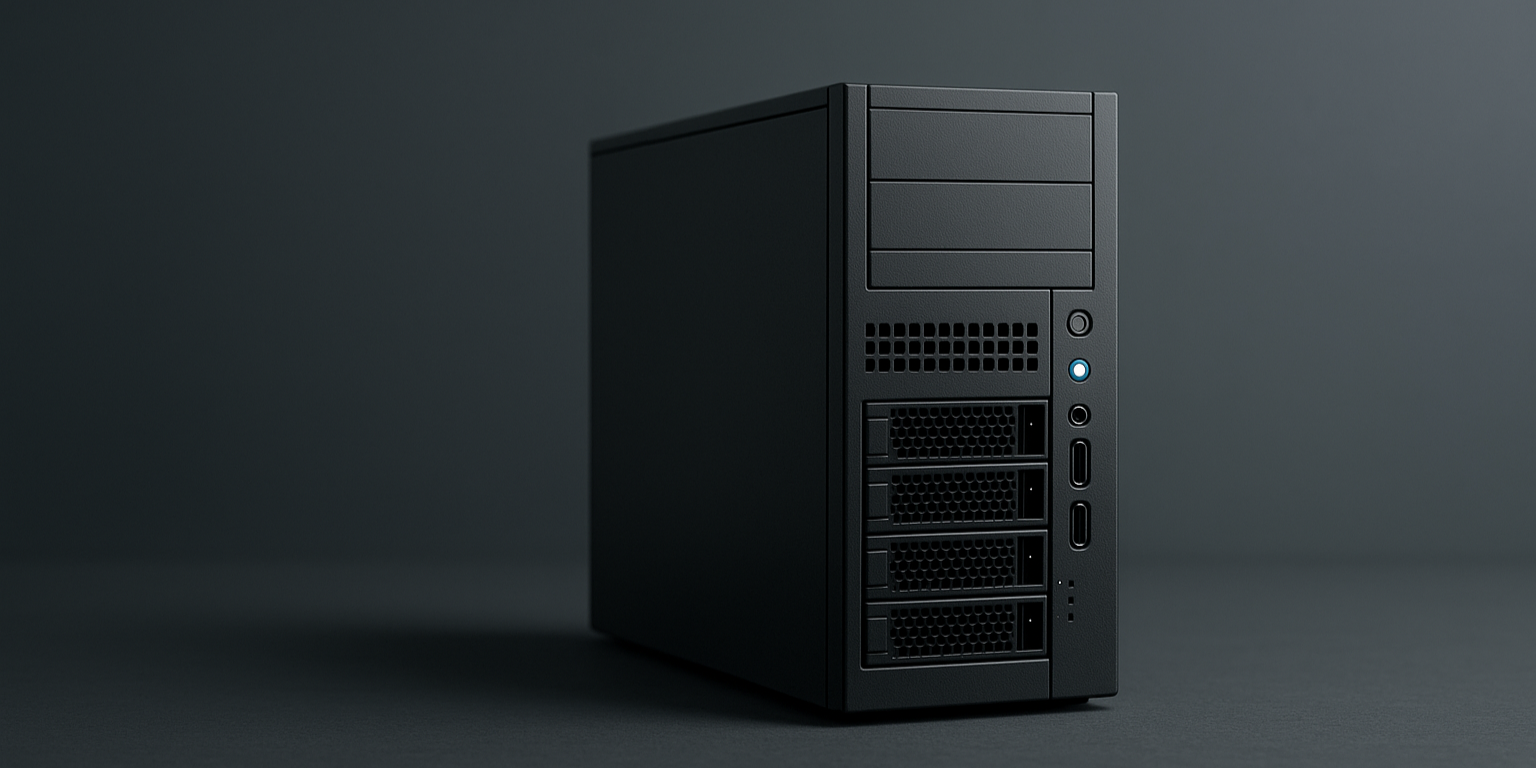The American breakfast actually has quite an interesting history. It has always been about satisfying hunger in the most convenient way, which led to the consumption of things like eggs, laid every morning, bread, which has almost always been available in the American diet, and eating whatever was leftover from the night before.
It wasn’t until later that cereals became a popular choice. In fact, the popularity of cereal as a breakfast item had everything to do with advertising. Not only did cereal become popular due to advertising, but the success of cereal advertising can actually be attributed to the launching of the whole advertising industry. Cereal was promoted as an easy breakfast that kids could prepare for themselves when moms were increasingly joining the workforce.
Today breakfast is still very much convenience focused. Many kids will cut their teeth on cereal as the first food they learn to prepare alone, and now, with the COVID pandemic still ongoing, convenience once again plays a pivotal role in if, how, and what we consume for breakfast.
While there are certainly some Americans who don’t eat breakfast at all, the lack of desire to do so isn’t usually at the top of the reasons for abstaining. Fifty-six percent of Americans (and 87% of parents) are simply too busy to take the time to make breakfast.
Since the start of the pandemic, we’ve increased our cooking at home by a full 38%, but the number of people eating breakfast has remained fairly constant pre and post COVID pandemic, and time is still a huge factor in the decision whether or not to consume that first meal early in the day.
Although during the pandemic, our consumption of pancakes has increased by 25%, waffles by 20%, sausage by 16%, bacon by 15%, and cereal by 11%, this is actually due to the fact that we’re consuming more comfort foods and many Americans list breakfast foods in that category. We’re often making healthier choices during the traditional breakfast time, but we certainly don’t limit consumption of traditional breakfast foods to the AM time frame.
Pandemic or not, 2 out of 3 Americans see eating breakfast during the workweek as a priority to start their day well, to increase their focus, to satisfy morning hunger, and to stay full until lunch time. Studies have shown that consuming breakfast can have benefits to health, focus, and food choices throughout the day.
Fortunately for those of us who want to eat breakfast, but are still short on time in the mornings, heat-to-eat meals are an easy solution. This modern take on a convenient breakfast meets all the requirements for ease, tastiness, and reasonable price. They can even solve the time issue for the 63% of Americans who would rather get a little extra sleep than to wake up early enough to cook breakfast during the workweek. They’re also easy enough for kids to prepare for themselves.
Now that the majority of us are working from home, post-pandemic, the option of swinging by a coffee shop for breakfast on the way to work isn’t happening very often. Having heat-to-eat breakfasts in our refrigerators can actually be even more convenient and cost effective than our former breakfast habits.










